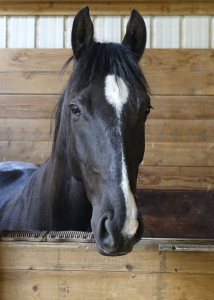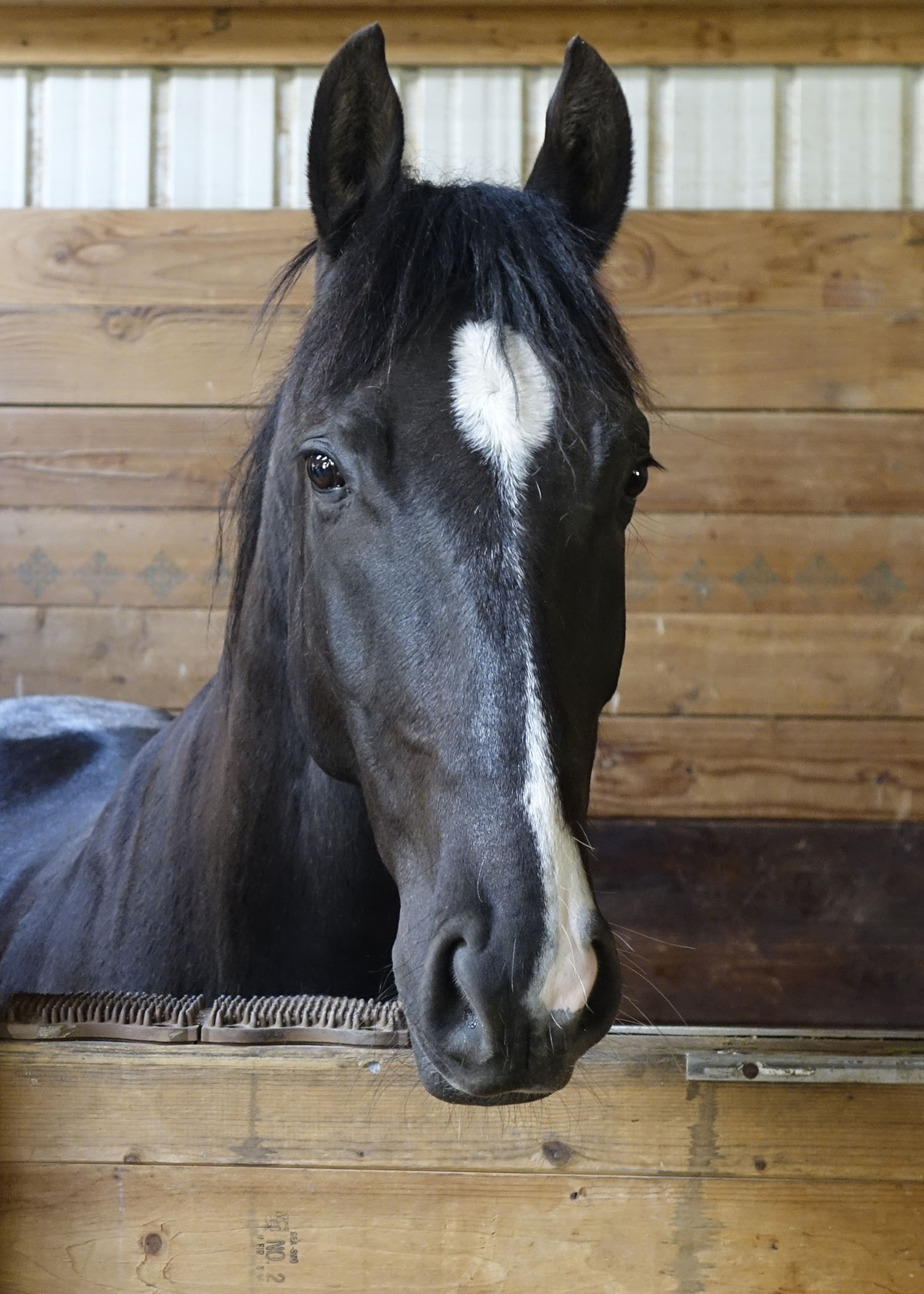Protect Your Horse with Strategic, not Rotational, De-worming
by R. Paul Schwab, DVM
 Recently the American Association of Equine Practitioners (AAEP) released their guidelines for parasite control in response to the development of resistance of some species of parasites to our common de-wormers. Their recommendations are based on the following statements taken directly from the guidelines:
Recently the American Association of Equine Practitioners (AAEP) released their guidelines for parasite control in response to the development of resistance of some species of parasites to our common de-wormers. Their recommendations are based on the following statements taken directly from the guidelines:
- Important changes in the parasitic fauna of horses have occurred such that strongylus vulgaris and other large strongyles are now rare, and cyathostomins (small strongyles) are now the major parasite of concern in adult horses, while parascaris equorum (ascarids) remains the most important parasite infecting foals and weanlings.
- Anthelmintic(de-wormer) resistance is highly prevalent in cyathostomins and parascaris equorum, and this must be factored into treatment decisions (Kaplan and Nielsen, 2010).
- Adult horses vary greatly in their innate susceptibility to infection with cyathostomins and their level of strongyle egg shedding and thus, require individualized attention to their parasite control needs.
- Horses less than about 3 years of age require special attention as they are more susceptible to parasite infection, and are more at risk for developing disease.
What does all this mean? Basically we need to be much more strategic about the de-worming decisions we make for our horses. The old rotation schedules that we used to recommend may not be the best parasite control method and in fact may have put us in the situation that we are in now. De-worming too often may have selected for stronger more resistant parasites. Also, there are not any new de-wormers on the horizon which means we need the ones we have to work as long as possible.
What can we do? First of all remember how horses actually pick up worms. The worm eggs and larvae live in the horses’ manure or the grass and ground just around the manure pile. If the horse grazes on pasture contaminated with these parasite (we are talking thousands of eggs in one manure pile), they will eat the eggs or larvae which then go through several stages of development within the horse and turn into adult worms which lay more eggs that contaminate your pasture. Removal of this manure is one strategy to reduce pasture contamination. What about harrowing? Remember, the worms stay within the manure pat. If you spread it around, you are actually spreading the larvae and eggs around the whole pasture instead of in the manure pile. If you are not removing manure, you are better off leaving the “islands” of manure pats because usually horses will avoid eating around the manure. Harrowing will help only if the ambient temperature is above 85˚, sunny, and the pasture can have no animals on it for at least 4 weeks (two months or more is better). Other practices that may help include rotating pastures with other livestock species (cattle, sheep, etc.).
We have always treated herds as a whole. If you de-worm one, you assume all need de-worming at the same time. Instead, it is better to identify individual animals that have more susceptibility to parasites. It’s known that geriatric and young horses in general are more prone to parasite infestation, but there are also adult horses that may shed more worms and have less immunity to fight off parasite burdens. Using fecal sample monitoring, we can try to identify these animals and determine how often to de-worm individuals. Another way to utilize fecal egg counts is to monitor the effectiveness of individual de-worming medications on the parasites on your farm by having a test done the day that you de-worm your horse. A follow up fecal sample should be taken 10-14 days after de-worming. The formula for reduction is as follows (Pre-Treatment Eggs/gram feces – Post-treatment Eggs/gram) / Pre-Tx EPG X 100: Numbers above 90% indicate that the product is efficacious and numbers below 80% indicate resistance. Numbers between 80-90% are questionable. This formula is a good tool but was developed with other species, not horses, so it should not be a gold standard.
We are in for a challenge in the next few years with regard to de-worming practices. We have all trained ourselves to follow a schedule which, until now, has been the best way to keep horses healthy. My advice would be to sit down with your veterinarian to discuss parasite control for your individual situation. Utilize fecal counts, etc. to assess your horses’ parasite load. You may need to de-worm far less than you are. Also check out the guidelines at www.aaep.org for more detailed information on the current challenges we face with parasite control.
Published July 2013 Issue

The Northwest Horse Source is an independently owned and operated print and online magazine for horse owners and enthusiasts of all breeds and disciplines in the Pacific Northwest. Our contemporary editorial columns are predominantly written by experts in the region, covering the care, training, keeping and enjoyment of horses, with an eye to the specific concerns in our region.






